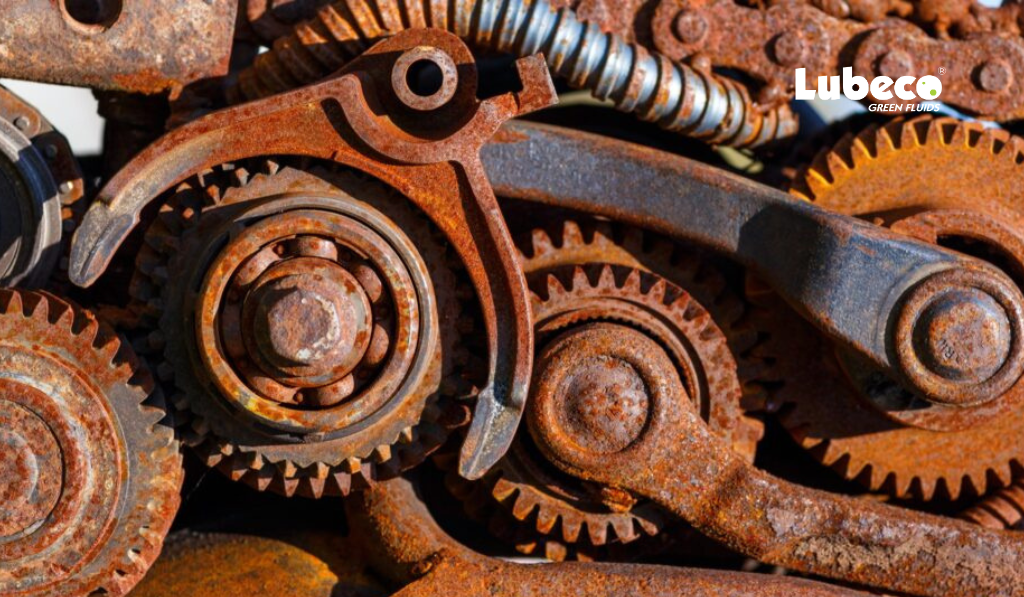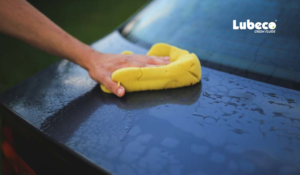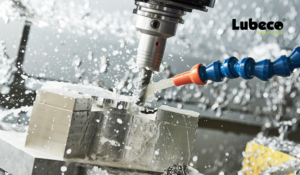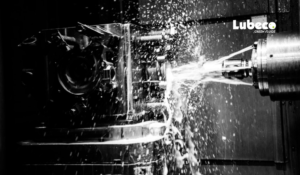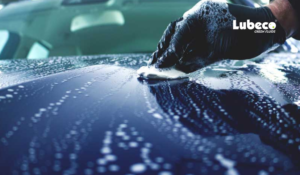Corrosion, a process where metals deteriorate due to chemical reactions with their environment, is a significant issue for all major industries. Its consequences, including financial losses, compromised safety, and reduced operational efficiency, highlight the crucial role of preventive measures in mitigating this issue. Moisture is one of the primary causes of metal rusting. Therefore, it is critical to know the ways in which you can prevent metal corrosion due to moisture. In this blog, we’ll take a look at how moisture can corrode metals and how to prevent it.
Causes of Metal Corrosion due to Moisture
- Humidity: High humidity levels cause condensation on metal surfaces, which makes it more likely to deteriorate and rust to form.
- Water: Direct contact with water causes rust, as the metal is constantly in contact with hydrogen and oxygen, especially in places with high water pressure or where water is always present.
- Salt and Other Corrosive Substances: Salt and other corrosive substances increase the metal’s reactivity with its environment, helping ions move and speeding up the corrosion process.
- Temperature Changes: Fluctuations in temperature can make the metal expand and contract. This creates small cracks and gaps on the surface of the metal, thereby making it more prone to corrosion.
Ways to Prevent Metal Rust due to Moisture
Preventing metal from rusting due to moisture needs a thorough approach. This means controlling moisture, using protective coatings, galvanising, cathodic protection, using rust-resistant materials, and regular maintenance. Here are some effective ways to prevent metal rusting due to moisture:
1. Control Moisture and Reduce Humidity
The key to preventing rust is to control the moisture and humidity in your workshop. Dehumidifiers, rust-resistant materials, and proper ventilation are all great options to keep the humidity and moisture low in your factory or workshop. This will automatically slow down the corrosion process.
2. Use Protective Coatings
Protective coatings like paints, enamels, and powders create a barrier between metal and the environment. This prevents the metal from reacting with the environment and rust from forming. These coatings can be applied by hand or with machines. Rubber paints are especially good at stopping rust because they block chemical reactions between metal and the surroundings.
3. Galvanising
Galvanising involves coating the metal with a layer of zinc. The zinc layer protects the actual metal surface and acts as a sacrificial anode. Thus, when exposed to moisture, it is the zinc which corrodes instead of the actual metal, therefore, protecting your equipment from rust.
4. Cathodic Protection
Cathodic protection methods, such as using sacrificial anodes or impressed current systems, can divert rust away from the metal. These methods work by applying an electric current to the metal surface, which drives the rusting reaction in the opposite direction.
5. Use Corrosion-Resistant Materials
Materials like aluminium and stainless steel resist rust and can greatly reduce the risk of corrosion. Their chemical makeup makes them naturally resistant to rust. Therefore, it is advisable to use structures made of these materials instead of rust-prone metals in areas with unavoidable high moisture content.
6. Regular Maintenance and Inspections
Regularly maintaining and inspecting metal surfaces is key to stopping rust. Dirt and debris on the surface of the metal can cause increased chemical reactions with the surroundings and speed up corrosion. Checking the metal for signs of rust and fixing any issues quickly stops further damage.
7. Environmental Measures
Taking environmental measures, like reducing exposure to moisture and controlling oxygen, sulfur, or chlorine levels in the surroundings, can also help stop rust. Designing your workshop with rust prevention in mind and planning for regular maintenance can further extend the life of metal structures.
8. Use Protective Wraps and Tapes
Protective wraps and tapes can physically shield metal surfaces from corrosive elements. These wraps create a barrier that stops direct contact between the metal and its environment, reducing the chance of rust.
9. Apply Corrosion Inhibitors
Corrosion inhibitors are chemicals added to the environment or put directly on the metal surface to slow down the corrosion process. These inhibitors form a protective layer on the metal, which prevents corrosive agents from reaching the metal underneath. As a result, the metal surface does not react directly with its environment and does not corrode.
Conclusion
Preventing metal from rusting due to moisture requires a strategic approach. By controlling moisture levels, using protective coatings, implementing galvanising and cathodic protection techniques, selecting corrosion-resistant materials, and maintaining regular upkeep, industries can prevent their metal equipment from falling prey to corrosion. This significantly extends the lifespan of their metal structures. Understanding and applying these methods not only reduces maintenance costs but also enhances safety and operational efficiency. By taking these proactive steps, industries can protect their assets and ensure the long-lasting performance of their equipment and infrastructure.

